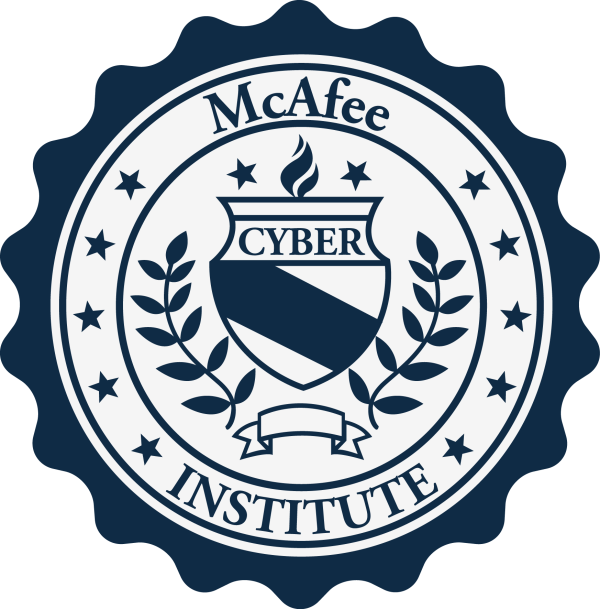Technologies are just tools that enable us to do things. The interesting part of the blockchain is what it enables in terms of new forms of a distributed organization. As one commentator noted, “blockchain is an institutional technology, not an information technology, there’s an enormous difference between the two, institutional revolutions are things that don’t happen very often.” Blockchain technology enables new forms of network distributions to organizations, which is contrary to our existing organizational paradigm, making it somewhat difficult for us to understand.
As Ayushman Bharti from Killerblock.com explains, the organizational model of the Industrial Age that we inherit today was one of centralization, to achieve economies of scale through mass production, thus reducing unit cost and providing for a mass society. The technologies of the Industrial Age selectively favored centralization of production within closed hierarchical organizations. Manufacturing is in centralized factories, and transport systems are centralized around transport hubs, education within schools and universities, entertainment centralized within mass media organizations and went, governance centralized within state-run organizations, etc.
The information revolution is in the process of taking us into a new world of distributed networks as the organizational paradigm of the Information Age. The combination of telecommunications networks and computerized coordination enables us to replace centralized management with enclosed hierarchies with open networks. As the underlining technology matures, we can convert more and more systems that were previously closed and centralized and have them managed through automated networks. The blockchain is just one more stage in this process. We saw this with the rise of online platforms like eBay, Uber, or Alibaba, social networks, blogging, etc., that built massive networks of uses exchanging goods and services. But, these platforms were still dependent upon the centralized organization to manage the shared database for the computing infrastructure, for the algorithms, for financial transactions, and to enable trust and authentication in the network.
The decentralized web takes these platforms a step further by offering a shared open and secure database that can be trusted by all parties and a set of protocols for the secure exchange of value between organizations and individuals peer-to-peer. The web platforms are open networks. This means they do not just optimize within a given organization but can enable coordination across entire industries. Indeed, this is why and how they’re quickly supplanting the closed organizations. What centralized organizations enabled was trust, cooperation, and coordination within organizations, but what the blockchain enables is trust, coordination, and cooperation between organizations and between individuals.
If we look at how our society and economy are currently organized, we will see many closed organizations that are internally optimized. However, when we look at the inter-organizational space, it’s extremely inefficient along many dimensions. If we look at the way businesses coordinate along a supply chain or the way nations interoperate in the global political system, we will see there is huge redundancy and friction caused by discontinuities. A classic example of this is the border system between nation-states and the bureaucratic procedures for obtaining a visa for moving from one nation to another, which creates a massive amount of friction in the inter-organizational space. It is because those organizations do not have an effective inter-organizational infrastructure for collaboration and coordination. This greatly reduces the overall effectiveness of these systems and the delivered outcome for the end-user. When we look internally at these organizations, they look like efficient, well-oiled machines, but the entire space is very inefficient when we look between them. The entire space is very ineffective at delivering overall outcomes. This is part of the significance of the blockchain because it provides a shared trusted database between organizations. It has the potential to switch to dynamics within the economy and society, from competition between close centralized organizations to collaboration between organizations and greatly strengthened working capacities across organizational boundaries; the results of this would be much more efficient overall societal and economic outcomes.
Indeed, we can note that achieving coordination across organizations could result in quantum leaps in delivering outcomes and our capacity to tackle major global challenges of today. Challenges such as environmental degradation where weak, existing inter-organizational institutional infrastructure have gained little traction. In this respect, the blockchain can give us incremental improvements and improvements of a much greater magnitude within society through collaboration within entire ecosystems. This coordination across organizations, industries, nations, and people is precisely required to provide the resources needed to tackle some of today’s most complex challenges. And it is precisely this that is significantly absent within existing institutional structures. Because of the centralizing forces prevalent within the industrial age, we live in societies that are operated by many different closed organizations. Many different companies are producing cars and competing for market share, many different governments that all focus on the interests of their citizens over those of others, many different health care providers, transport providers, etc. The result is a huge amount of inefficiency and redundancy; when taken as a whole, are many different companies all recreating the wheel within their own organizations and expending huge amounts of time and energy on trying to get ahead of their peers.
We assume that this is the normal state of operations, that it’s just human nature somehow, but in fact, it’s just a function of the institutional structures we have built over the past centuries. As game theory will tell us, people respond to the incentives and the socio-economic forces acting. In the absence of cooperative structures, competition is often the optimal strategy for individuals and organizations. Once the institutional structures enable trust and coordination between members, cooperation can become a much more viable strategy for the agents involved. Because the blockchain enables this shared and trusted database that doesn’t belong to any single organization, it is greatly more possible and viable for organizations to collaborate on a single solution or single source and achieve much better results for each organization and the economy.
As an example of this cooperation across different closed organizations, we could think about building a building. There may be many different companies involved in this process or creating their own designs and diagrams for the building. Each has to continuously contact each other to access, exchange and cross-reference all this information. Given a single shared database, they could collaborate on a single design of the building, making for a more efficient overall process. At the same time, each organization would benefit from the overall results being more efficient.
The same is true for identity. We currently have many different copies of our identity spread across many different organizations, governments, social networks, etc., but each only partially understands us. Currently, we are recreating the wheel for each organization as data and reputation do not move well between them. Instead, a single identity could be created on the blockchain that belongs to the individual. Each organization then contributes to this data as they work together to create a complete record of identity and reputation. In doing so, we move from all those frictions between these closed organizations to collaboration and synergies between them, creating something greater than any of the parts they had before.
The same for a supply chain. Instead of each participant holding their own documents and records during each stage in the supply chain, a single record for the item could be created on the blockchain with each organization then contributing their information to it to create a single source of truth that is accessible to all as needed, while at the same time being more secure than having separate records in each centralized database. These new institutional technology results are a much greater capacity for inter-organizational collaboration and powerful ecosystems greater than the sum of their parts.
Given that all our current centralized systems of organization could be decentralized in this fashion, using blockchain technology, we can see how it could enable every organization of society and economy. Organizations within society rarely operate in isolation, and they function as parts of ecosystems. The value for society is not created by anyone but instead by the flow of value across the ecosystem. It’s not Apple that delivers our iPhones, and it’s a massive global supply chain of hundreds of different organizations collaborating. Our previous institutional structures optimized for individual organizations, the blockchain optimizes the value within the entire ecosystem and creates a much greater value for society.
The information revolution is changing the world from disconnected to connected. The genie of hyper-connectivity is out of the bottle, and connectivity along virtually all dimensions is proliferating daily. Consequently, our organization systems will change from being based around fixed structures and boundaries to being coordinated via connections. Instead of the controller components through fixed hierarchal structures, organizations would emerge from the interaction and exchange of value and those interactions. Enabling that will require a massive build-out of secure, frictionless information networks through the global cloud computer of blockchain.



Post your comment on this topic.